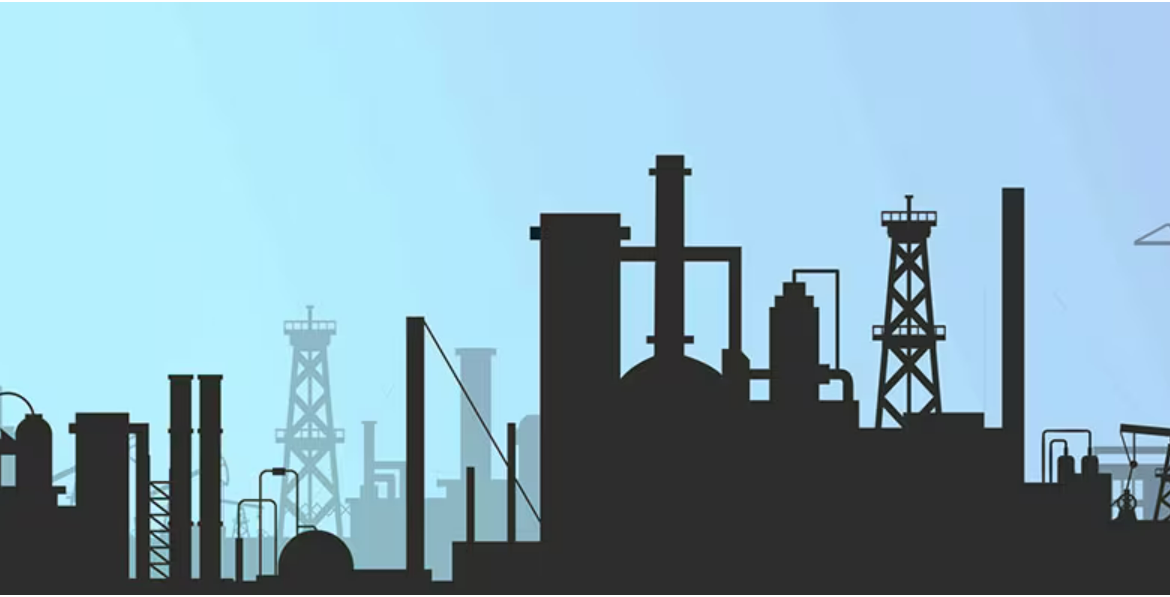In industries such as agriculture, manufacturing, and chemical processing, combustible dust is a significant safety hazard. Dust hazardous area classification identifies and categorizes areas where combustible dust may ignite, causing explosions or fires. This essential process minimizes risks, ensures compliance with safety standards, and protects workers and infrastructure.
This guide will explore the fundamentals, processes, and best practices for classifying dust hazardous areas and maintaining workplace safety.
What Is Dust Hazardous Area Classification?
Dust hazardous area classification is the systematic evaluation of work environments where combustible dusts could create hazardous atmospheres. The classification process helps determine the risk levels and outlines safety measures to prevent ignition, such as using dust-proof equipment or explosion-proof electrical systems.
The Role of Combustible Dust
Combustible dust includes fine particles from materials like:
- Grain: Found in agriculture and milling operations.
- Metals: Aluminum or magnesium particles from manufacturing processes.
- Chemicals: Residual dust in processing plants.
- Wood: Dust generated in woodworking or paper industries.
When these particles are suspended in the air under certain conditions, they can create an explosive mixture.
How Are Dust Hazardous Areas Classified?
The classification of dust hazardous areas is typically defined by international standards such as IECEx, ATEX (Europe), or NEC (North America). These zones are categorized based on the likelihood and duration of the presence of combustible dust.
- Zone 20:
- Dust is present continuously or for long periods.
- Example: Inside silos, hoppers, or other enclosed spaces where dust regularly accumulates.
- Zone 21:
- Dust is likely to occur during normal operations.
- Example: Areas surrounding bagging operations or conveyor belts.
- Zone 22:
- Dust is unlikely to occur in normal operations but persists for a short period if it does.
- Example: Storage areas near machinery where occasional dust clouds might form.
Importance of Dust Hazardous Area Classification
- Preventing Explosions: Proper classification minimizes the risks of dust ignition by using explosion-proof or dust-tight equipment.
- Ensuring Compliance: Standards such as ATEX or NEC regulate dust safety, and classification is a requirement for certification.
- Protecting Workers and Assets: Understanding and mitigating dust hazards safeguard human lives and prevent property damage.
- Optimizing Processes: Proactive risk management leads to smoother operations and less downtime.
Steps to Conduct Dust Hazardous Area Classification
- Identify Dust Sources
- Analyze materials and processes generating dust.
- Consider areas where dust accumulates, settles, or disperses.
- Evaluate Ignition Risks
- Determine potential ignition sources such as electrical sparks, hot surfaces, or static discharge.
- Categorize Hazardous Zones
- Use Zone 20, 21, and 22 criteria to define risk areas.
- Create detailed zone maps to visualize these classifications.
- Implement Safety Measures
- Install certified explosion-proof equipment and systems.
- Regularly clean to prevent excessive dust accumulation.
- Train and Educate Employees
- Ensure workers understand the zones and follow safety protocols.
- Review Regularly
- Update classifications as processes or materials change.
Challenges in Dust Hazardous Area Classification
- Unidentified Dust Sources: Overlooking areas like hidden cavities or vents can lead to risks.
- Improper Equipment Use: Using non-compliant equipment in hazardous zones increases dangers.
- Lack of Expertise: Accurate classification requires a deep understanding of combustible dust properties.
Best Practices for Dust Hazardous Area Safety
- Engage Experts: Work with certified professionals to perform detailed assessments.
- Leverage Technology: Use tools like dust concentration monitors and thermal imaging.
- Regular Maintenance: Establish rigorous cleaning and inspection schedules.
- Emergency Preparedness: Equip facilities with explosion suppression systems and train staff on emergency response.
Standards Governing Dust Hazardous Area Classification
- ATEX Directive (Europe): Regulates equipment and protective systems in explosive atmospheres.
- IECEx: A global standard for equipment and systems used in hazardous environments.
- NFPA 652 (USA): A standard for combustible dust fire and explosion prevention.
- OSHA: Provides regulations for the handling and storage of combustible dust in workplaces.
Dust hazardous area classification is more than a regulatory requirement; it’s a vital step in safeguarding lives, assets, and the environment. By identifying and managing combustible dust hazards, businesses ensure safer and more sustainable operations.
If your workplace involves combustible dust, reach out for professional guidance on hazard classification and compliance. Together, we can create a safer workplace!


